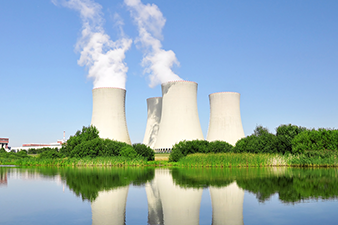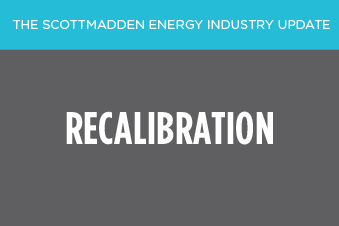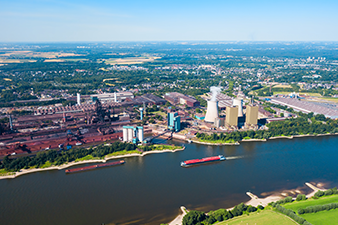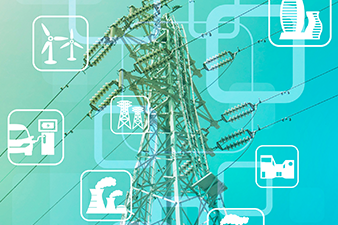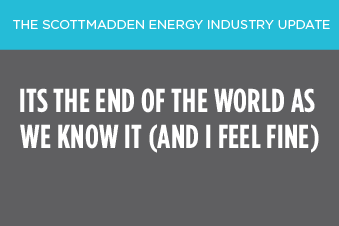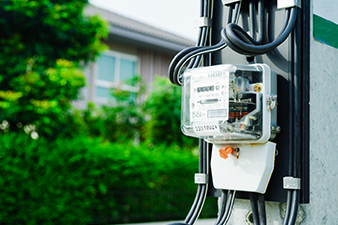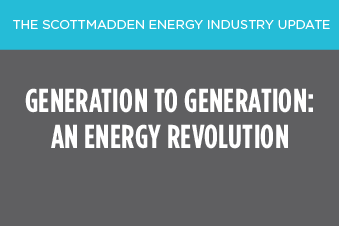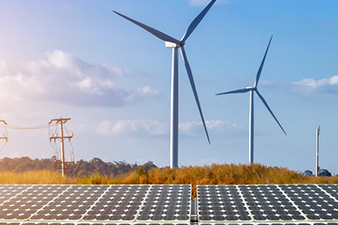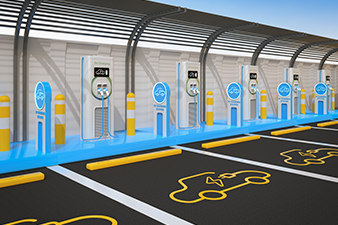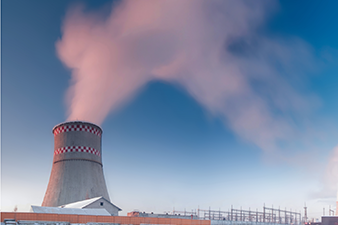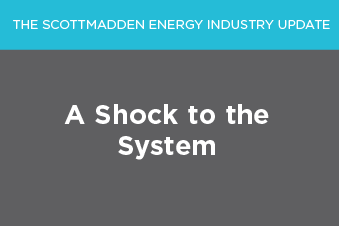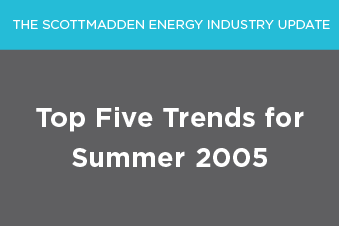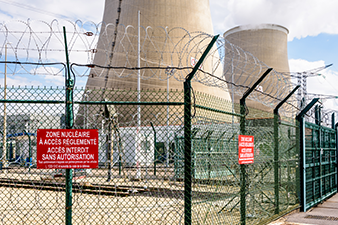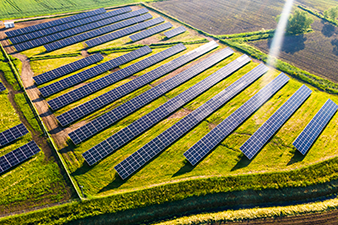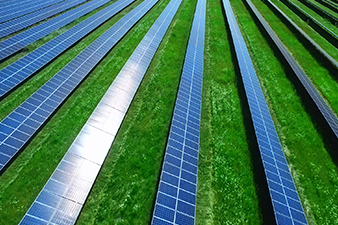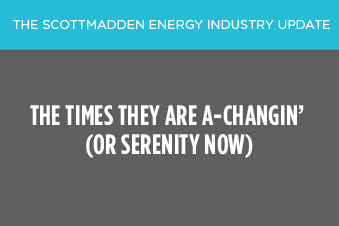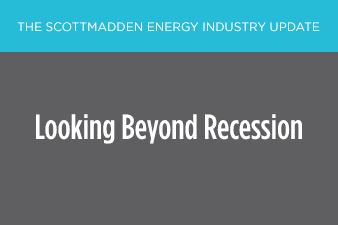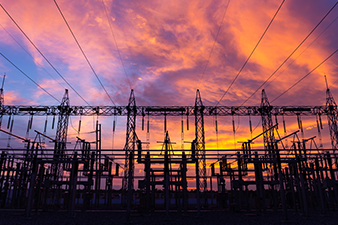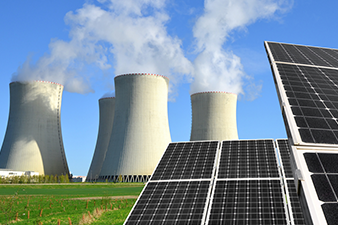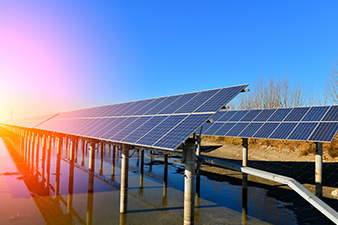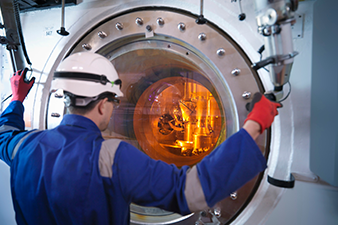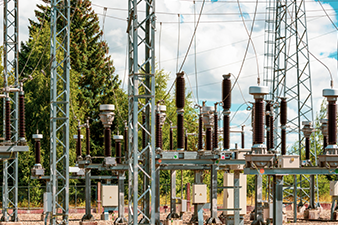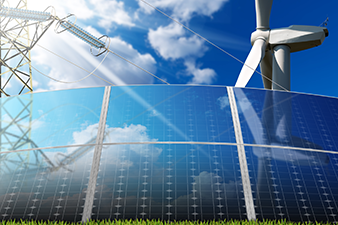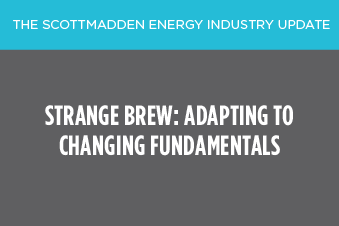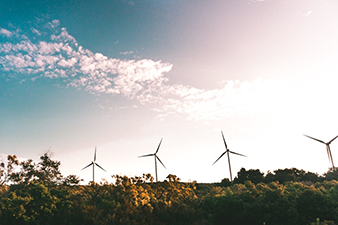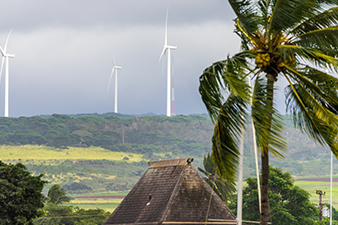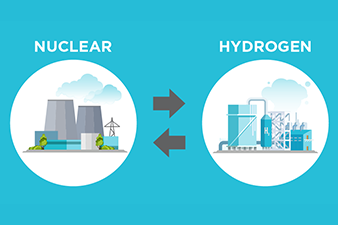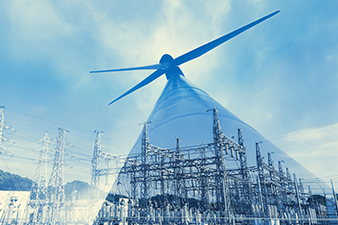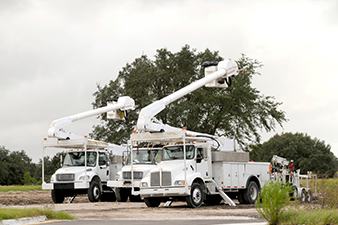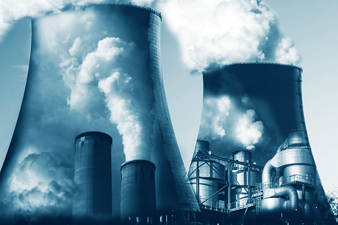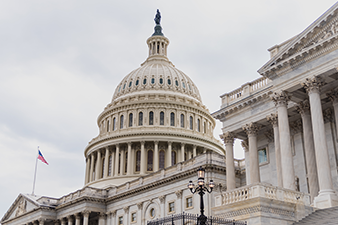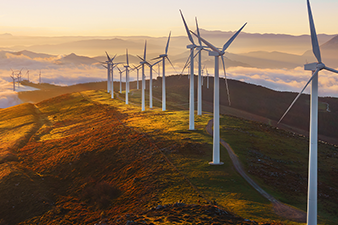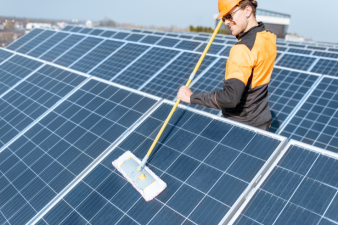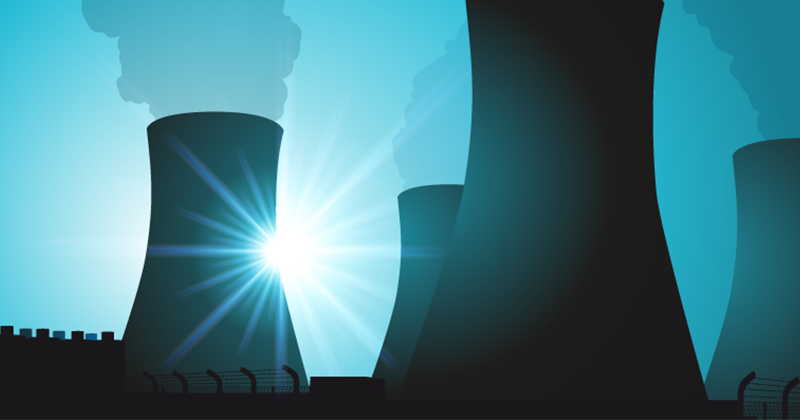
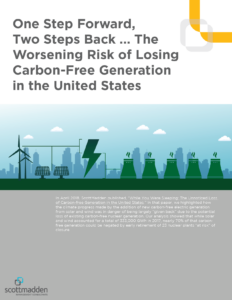 In April 2018, ScottMadden published, “While You Were Sleeping: The Unnoticed Loss of Carbon-free Generation in the United States.” In that paper, we highlighted how the climate progress made by the addition of new carbon-free electric generation from solar and wind was in danger of being largely “given back” due to the potential loss of existing carbon-free nuclear generation. Our analysis showed that while solar and wind accounted for a total of 333,000 GWh in 2017, nearly 70% of that carbon-free generation could be negated by early retirement of 23 nuclear plants “at risk” of closure.
In April 2018, ScottMadden published, “While You Were Sleeping: The Unnoticed Loss of Carbon-free Generation in the United States.” In that paper, we highlighted how the climate progress made by the addition of new carbon-free electric generation from solar and wind was in danger of being largely “given back” due to the potential loss of existing carbon-free nuclear generation. Our analysis showed that while solar and wind accounted for a total of 333,000 GWh in 2017, nearly 70% of that carbon-free generation could be negated by early retirement of 23 nuclear plants “at risk” of closure.
Recent Developments
Ten months later, the news has worsened. While states have acted to temporarily reprieve three plants, four more nuclear plants were added to the “at-risk” list.
In these past 10 months, solar and wind have added 41,000 annual GWh of clean energy. Unfortunately, roughly 83,000 GWh of clean nuclear energy have been newly placed at risk of early retirement. This represents a potential giveback of all solar and wind progress since our last report, and then some—a net reduction in potential carbon-free electricity of 42,000 GWh. Even more significant, Byron and Braidwood, two additions to the list, are newer, larger, and more efficiently run plants with economies of scale in their favor. If plants like these can be at risk, this is a warning sign for the entire U.S. nuclear fleet.
Figure 1: Potential Net Impact of Changes since April 2019

Assessment Update
Since our original paper, the following changes have occurred to assets at risk of early retirement:
- April 2018: Palo Verde (AZ) was added to the “jeopardy” category after news of a renewable energy ballot measure could make it vulnerable to early retirement in the next decade.[1]
- July 2018: Duane Arnold (IA) shifted to the “announced” category after signing an agreement to close in late 2020, five years ahead of schedule.[2]
- September 2018: Oyster Creek (NJ) shifted to “retired” after permanently ceasing generation.[3]
- December 2018: Millstone (CT) moved to the “reprieved” category after being selected to supplement other carbon-free generation in Connecticut for 10 years.[4]
- February 2019: Byron, Dresden, and Braidwood (IL) were added as “in jeopardy” after SEC filings reported “increased signs of economic distress, which could lead to an early retirement, in a market that does not currently compensate them for … their ability to produce large amounts of energy without carbon and air pollution.”[5]
- February 2019: Exelon announced an end of May deadline to approve subsidies to support Three Mile Island (PA), which remains as “announced.”[6]
The following table of at-risk nuclear plants is updated to reflect these recent announcements:
| Category | Nuclear Plants | Capacity (MW) | Generation (GWh) |
| Retired | Crystal River, Fort Calhoun, Kewaunee, San Onofre, Vermont Yankee, Oyster Creek | 5,282 | 42,662 |
| Announced | Beaver Valley, Davis-Besse, Diablo Canyon, Indian Point, Palisades, Perry, Pilgrim, Three Mile Island, Duane Arnold | 11,102 | 89,670 |
| In Jeopardy | Palo Verde, Byron, Dresden, Braidwood | 10,371 | 83,764 |
| Reprieved | Clinton, Fitzpatrick, Ginna, Nine Mile Point, Quad Cities, Salem, Hope Creek, Millstone | 11,820 | 95,466 |
| At-Risk Nuclear Total | 38,575 | 311,562 | |
Each nuclear plant operating in 2008 was reviewed and, if applicable, placed into one of the following at-risk categories: retired, announced, in jeopardy, or reprieved. As seen above, more than 38,000 MW of nuclear capacity was retired or faces early retirement.
Similar to our original paper, ScottMadden compared energy output in the United States between solar and wind assets and at-risk nuclear assets. In 2018, solar and wind produced a combined 374,000 GWh of carbon-free energy.[7] At-risk nuclear plants have a combined estimated output of 311,562 GWh. As of this update, the potential giveback is 83% of carbon-free energy produced by all solar and wind assets installed in the United States to date (see Figure 2).
If the trend continues, this puts the entire U.S. nuclear fleet at risk. In the event the entire nuclear fleet is lost, solar and wind output would need to more than double just to break even on U.S. carbon-free generation (see Figure 3). It must be recognized that such a conversion has potential economic and emissions implications.
Figure 2: Changes in U.S. Carbon-free Generation
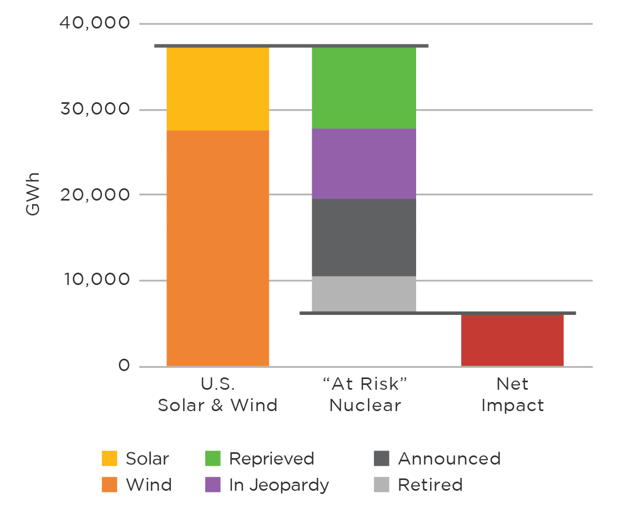
Figure 3: U.S. Solar & Wind Generation vs. Total Generation

Conclusion
Solar and wind have increased their contribution to emission-free electricity generation, an important step toward reducing carbon emissions. Many leading environmental and academic groups have come to recognize the importance of all zero-carbon resources (renewables and nuclear) to realistic, deep, and near-term decarbonization.[8],[9],[10],[11] However, the progress created by solar and wind carbon-free generation is in danger of being given back due to early retirements of nuclear plants. Even reprieved plants remain at risk as continued support is not guaranteed. Another significant concern: with newer, efficient plants being candidates for closure, the entire nuclear fleet is at serious risk. If averting climate change is the priority, we should all wake up to this situation.
Additional Contributing Authors: Paul Quinlan, Benjamin Lozier
[1] Arizona Central, Palo Verde nuclear plant could close if renewable energy measure passes, APS says, April 12, 2018.
[2] Utility Dive, NextEra to retire Iowa nuclear plant in 2020, July 27, 2018.
[3] World Nuclear News, http://www.world-nuclear-news.org/Articles/Oyster-Creek-retires-after-49-years, September 18, 2018.
[4] Utility Dive, Connecticut moves to preserve Millstone nuclear plant with 10-year power deal, January 3, 2019.
[5] Exelon Corporation Form 10K for the Fiscal Year Ended December 31, 2018, February 8, 2019, p. 319.
[6] Inside Sources, Dark Future for Nuclear: Exelon Sets Final Deadline for Subsidies to Save Three Mile Island, February 18, 2019.
[7] Data obtained from Bloomberg New Energy Finance’s 2019 Sustainable Energy in America Factbook. Wind capacity reported in AC; solar capacity reported in DC.
[8] The Nature Conservancy, The Science of Sustainability, October 15, 2018.
[9] Union of Concerned Scientists, The Nuclear Power Dilemma, November 2018.
[10] MIT Center for Energy and Environmental Policy Research, Early Nuclear Retirements in Deregulated US Markets, March 2017.
[11] Kleinman Center for Energy Policy, University of Pennsylvania, Keeping Nuclear Power Plants Running is Vital to Meeting Climate Goals, September 25, 2018.


